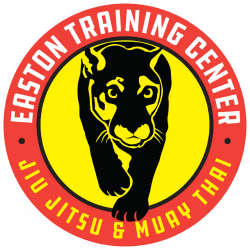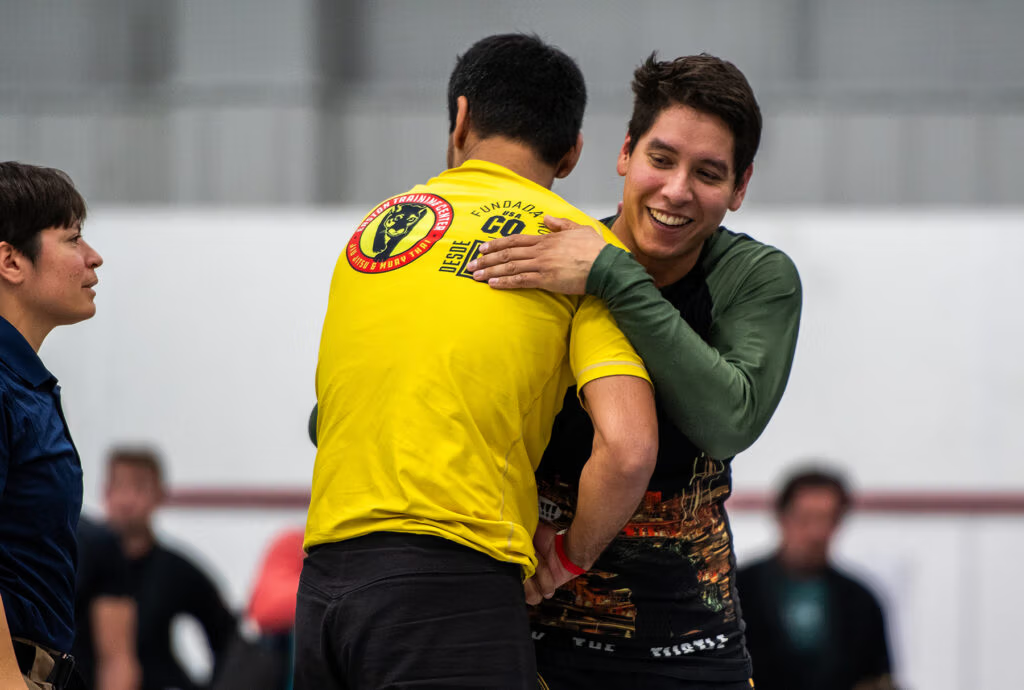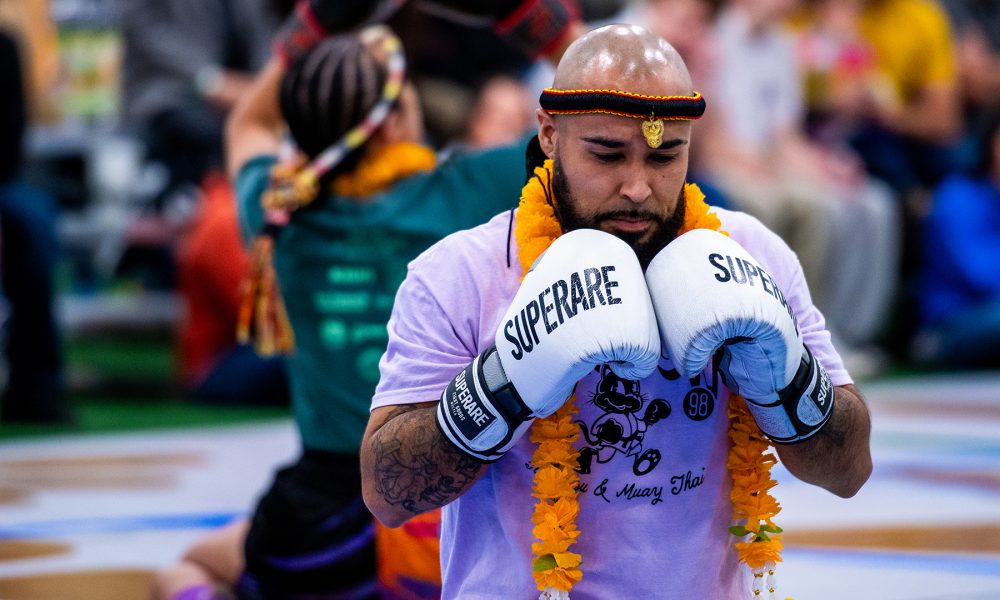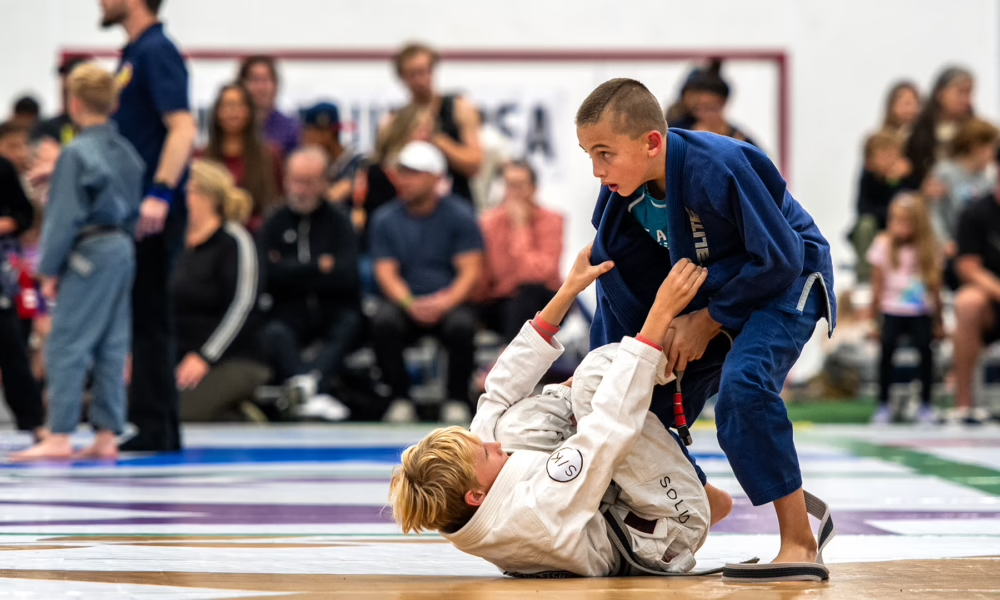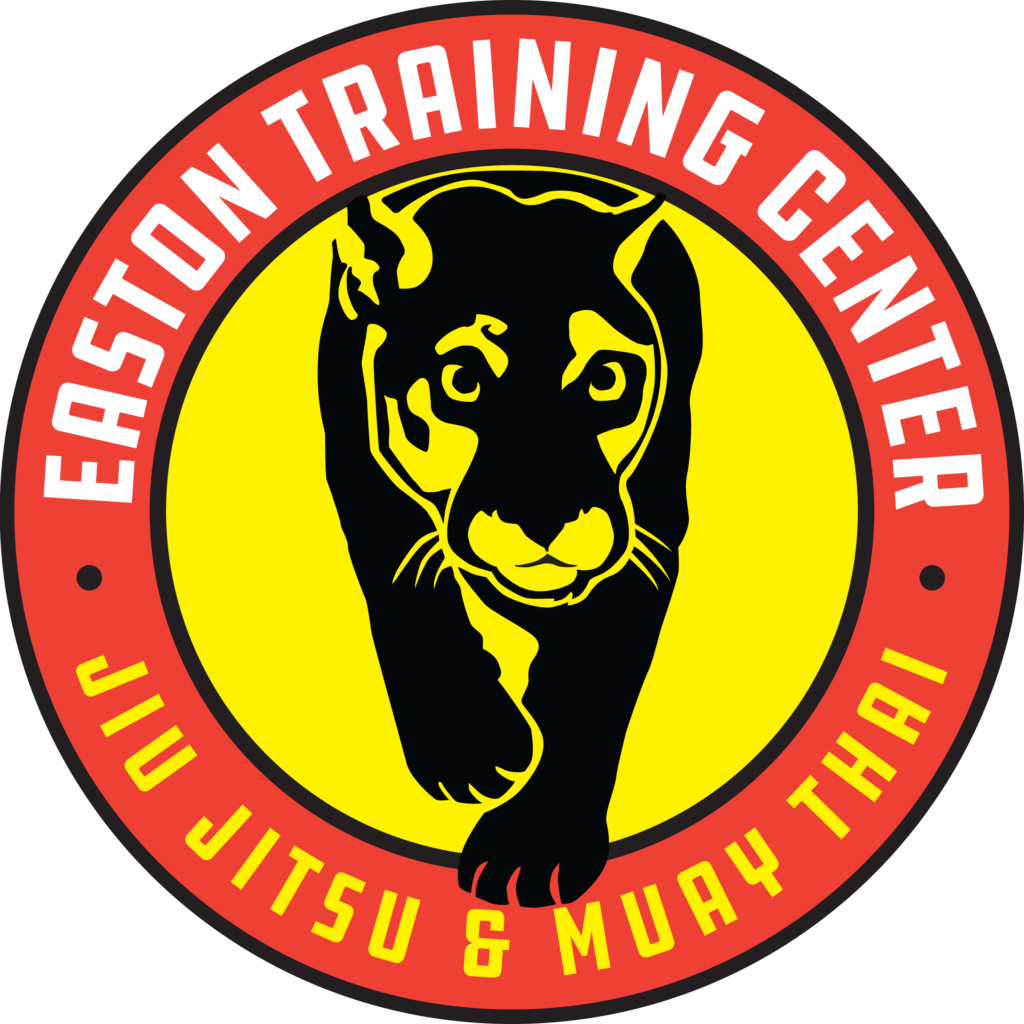You may remember a few months back, when one of our coaches used BJJ to catch and restrain someone skipping out on the bill of the restaurant she managed.
When Coach Nina followed him as he tried to leave and he pushed her away, their verbal exchange got physical; Nina used an arm drag to pin his arm behind his back, holding him until the cops arrived.
On Saturday, January 21st of this year, Chinese New Year, 26-year-old Brandon Tsay become a national hero overnight after disarming the Monterey Park shooter in an east Los Angeles County community. That night, a dance social was winding down at Lai Lai Ballroom & Studio in Alhambra when a man walked in with an assault weapon.
Tsay, who was working the ticket office that night, saw him before he could choose his targets and used the opportunity to lunge at him, directing his gun away from the ballroom.
The gunman had already killed 11 people and injured 10 at Star Dance Studio in Monterey Park, and by disarming him and pointing the gun back at him, Brandon was able to save the people remaining in his family-owned dance studio from a brutal fate.
Using techniques we practice in BJJ, such as going directly into the heart of combat and closing the distance, Tsay was able to get ahold of the gun, and maintain control even as the gunman fought to regain the weapon. Tsay used his elbows to create space, and eventually wrestled the gun from the man.
Inspired by Tsay’s actions, Rener Gracie offers a quick breakdown and two techniques for disarming someone on the GracieBreakdown Youtube channel.
Jiu Jitsu infiltrates high-level thought industries
As BJJ continues to sweep the nation in popularity over the last decade, more and more athletes, entrepreneurs and thought leaders choose to devote hours of their lives to the practice.
When Amal Easton first brought Jiu Jitsu to Colorado after training with the Gracie family in Brazil, the sport had virtually no presence in the United States. Today, countless people from all walks of life benefit from the physical and mental endurance that the grappling sport offers.
From Joe Rogan and former Navy Seal Commander and podcaster Jocko Willink, to tech execs like Mark Zuckerberg and Elon Musk, a common thread all of these successful entrepreneurs have in common is that they practice Brazilian Jiu Jitsu.
Computer scientist and artificial intelligence researcher Lex Fridman of the Lex Fridman Podcast holds a black belt in Jiu Jitsu, and his friend and neuroscientist Andrew Huberman who runs the Huberman Lab Podcast also includes Jiu Jitsu in his daily exercise routine, having taken his first class with Lex in 2021.
Even the coolest ladies in Hollywood have trained either for their own practice or for the films they star in, including Naomi Watts, Milla Jovovich, Demi Lovato and Scarlett Johansson.
In our own Easton communities, we have everybody from homesteaders and engineers, analysts and artists, writers and executives to professional athletes and first responders.
Paving the future of police training
Law enforcement has also seen a rise in Jiu Jitsu in response to lawsuits, with dozens of articles popping up all over the web about how Jiu Jitsu can create safer practices surrounding force training.
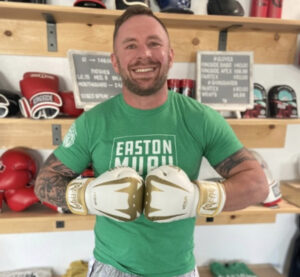 Jay Clark, an officer who trains both Muay Thai and Jiu Jitsu at Easton and comes from a family with roots in law enforcement, describes the way he has seen Jiu Jitsu become integrated over the past decade.
Jay Clark, an officer who trains both Muay Thai and Jiu Jitsu at Easton and comes from a family with roots in law enforcement, describes the way he has seen Jiu Jitsu become integrated over the past decade.
Many departments employ arrest control systems such as PPCT (pressure point control tactics) or Krav Maga.
For his police training, Jay took a law enforcement-specific Gracie survival tactics class that used a lot of BJJ training in law enforcement and affecting arrest control. The control BJJ allows on a person and the relatively low risk it brings to the encounter makes Jiu Jitsu a safer option even than its more combative counterpart Krav Maga.
“Whereas Krav Maga is striking, using punches and kicks,” Jay says, “in Jiu Jitsu, I’m redirecting you and using leverage on you.”
“It also seems to work better for all kinds of different bodies in law enforcement, so you can have a smaller female at least protect herself if not control somebody much larger than her.”
Police departments also conduct Less-Lethal and firearm training, and many aim to moderate the use of excessive force through what’s called a force continuum. This provides a ladder-like graduation of force, which increases as the level of force brought by the suspect increases.
BJJ gets results
In 2019, the Marietta Police Department in Georgia raised eyebrows nationwide when a video showing officers demonstrating excessive force during an arrest at a local restaurant went viral.
After the department implemented a mandatory Jiu Jitsu program to offer training on safer custodial practices, it’s no surprise that the practice has become common across numerous states and precincts in the country.
A study showed that “over a two-year period, there was a 23% reduction in TASER usage by officers, a 48% decrease in officer injuries, a 53% reduction in civilian injuries and a 59% decrease in overall use-of-force by Jiu-Jitsu trained officers.”
Another study over a five year period with the St. Paul Police Department in Minneapolis found police use of force to drop 37 percent, injuries to suspects dropped 44 percent and offer injuries dropped 25 percent.
Though Jiu Jitsu techniques place more emphasis on leverage and pivot points than brute strength, having a grip on the martial arts practice goes beyond the physical aspect. Training in Jiu Jitsu, and the slow building of its movement vocabulary requires a clarity and stillness of mind that we can only attain through practice.
Officers trained in Jiu Jitsu will not only know how to swiftly and effectively apprehend a suspect but can do so without inflicting any unnecessary harm to them, especially if they show no signs of carrying a firearm.
Defending yourself
People find Brazilian Jiu Jitsu for a number of reasons. While we’re not always preparing for the worst, it never hurts to have as many tools under our belts as we can.
The practice of Jiu Jitsu hones your body and your mind; the more consistently you train, not only will our bodies’ capabilities grow, but we’ll have overall more confidence in our ability to do whatever it is we need to do.
We offer Jiu Jitsu classes for students of all ages at the Easton Training Center academies. No experience necessary; just bring your water bottle and we’ll lend you a gi to wear for your first class. Sign up for a free class today!

